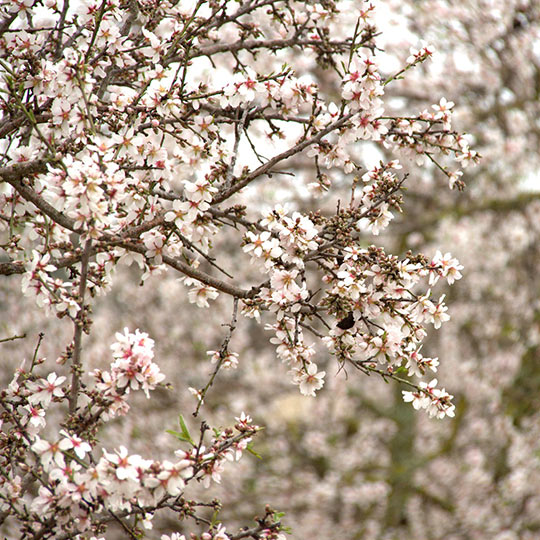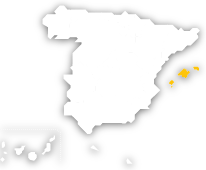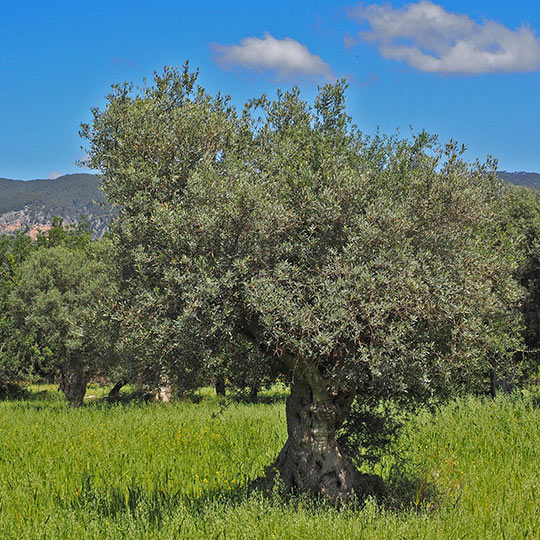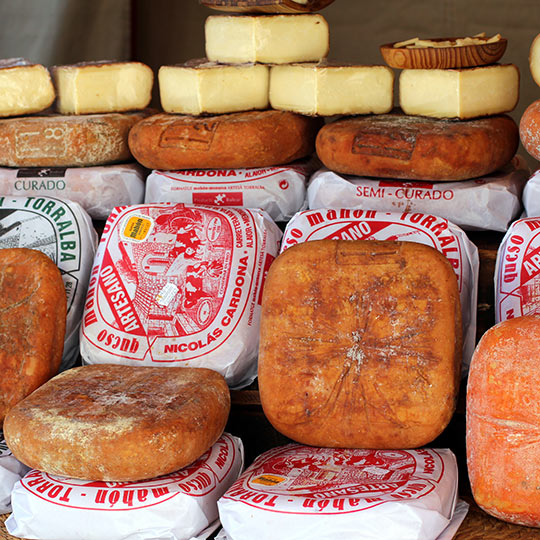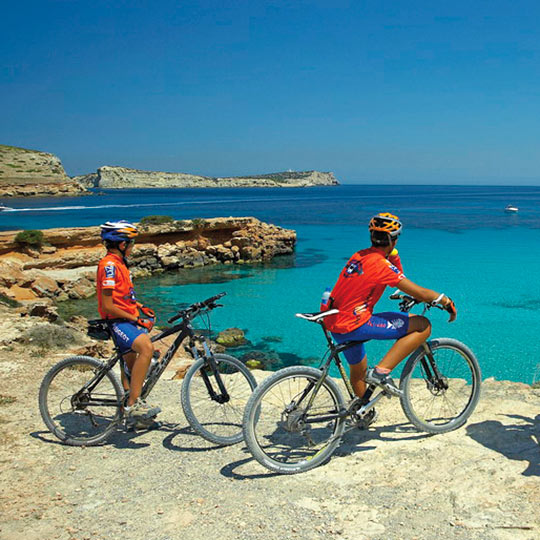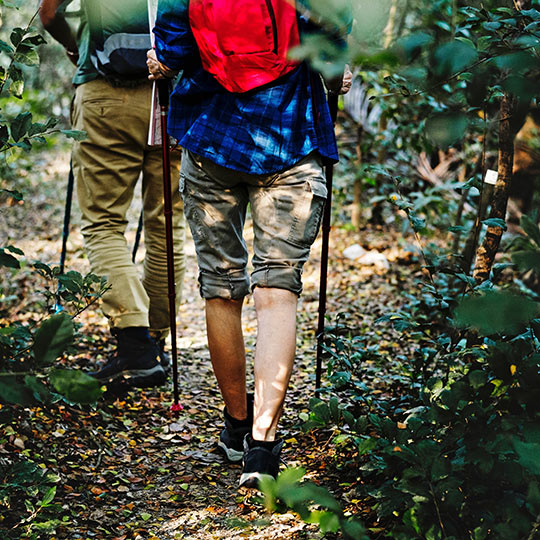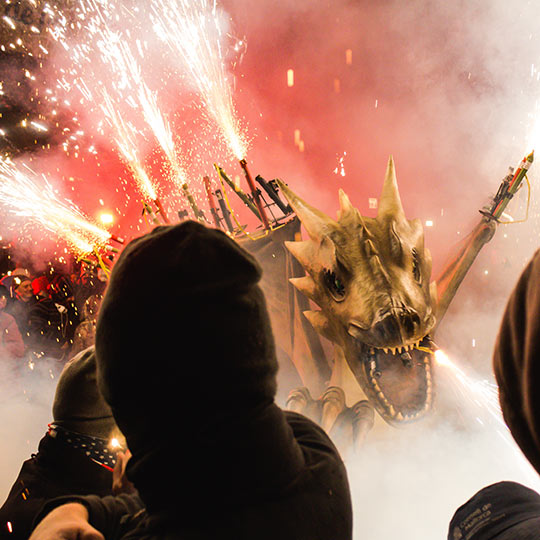See the first almond blossom
The millions of almond trees on the Balearic Islands begin to blossom in late December. The groves will be covered in white blooms from then until March.The island of Mallorca offers many options if you want to enjoy the scenery. You could visit anywhere along the Tramuntana mountain range, around Selva, Bunyola or Marratxí in the west of the island, or around Son Servera in the east. Also, Son Servera has an Almond Blossom fair in late January and early February. Around the same time, the island of Ibiza celebrates Llum d’Ametller: a night-time walk around the almond groves of Santa Agnès de Corona, ending with a dinner of traditional local dishes and a party with music.To complete your almond blossom experience, we recommend trying some classic Balearic Islands recipes based on almonds. Sweets include gató (a traditional cake from Mallorca) and Christmas treats like tambor d'ametlla, amargos, and almond coca. Savoury dishes include toasted almond soup and escaldums (a chicken casserole).
